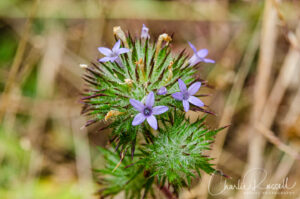
The Point Reyes National Seashore is an amazing place to visit all year round. There are many interesting trails, and at the right time you can find many interesting wildflowers (see my Point Reyes page for a selection). In July 2020 we wanted to escape the heat of the central valley, so we hiked a portion of the Estero trail, which runs along Drakes Estero. It is an interesting trail, but it tends to be busy and there can be a lot of non-native plants along the way.
The Flowers
Here’s a sample of a few of my favorites from this hike (click on the image to see a larger view). It was overcast and a bit windy this day, so the quality of photos isn’t all that great (and several are from my iPhone).
Probably my favorite native plant on this particular hike was Rosilla, which also is called Sneezeweed. A mass of disk flowers with a fringe of ray flowers, like a short skirt.
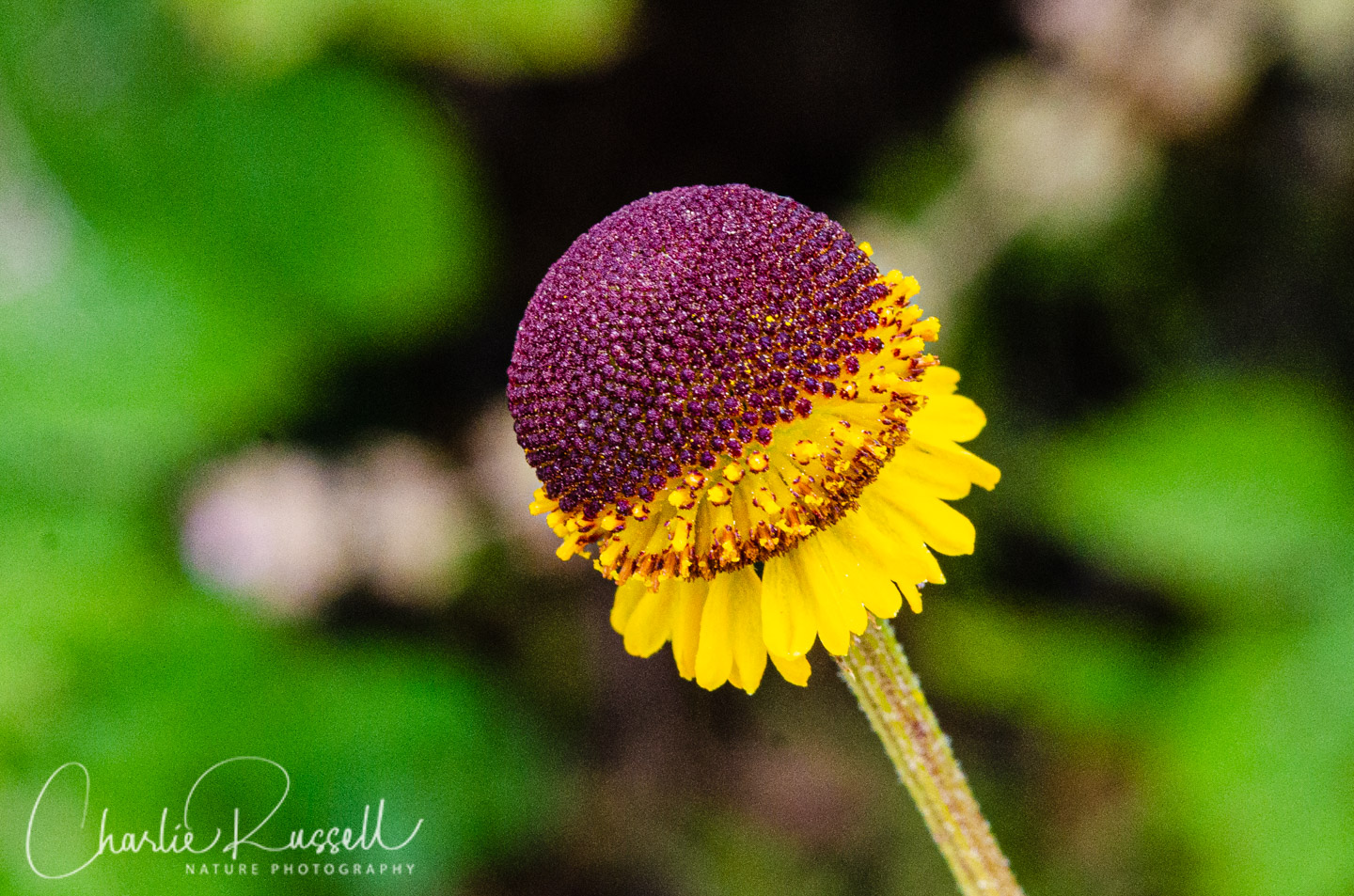
This isn’t a wildflower, but it is interesting nonetheless. Lace Lichen, Ramalina menziesii, is the official “state lichen” of California (the first state to have an official state lichen).
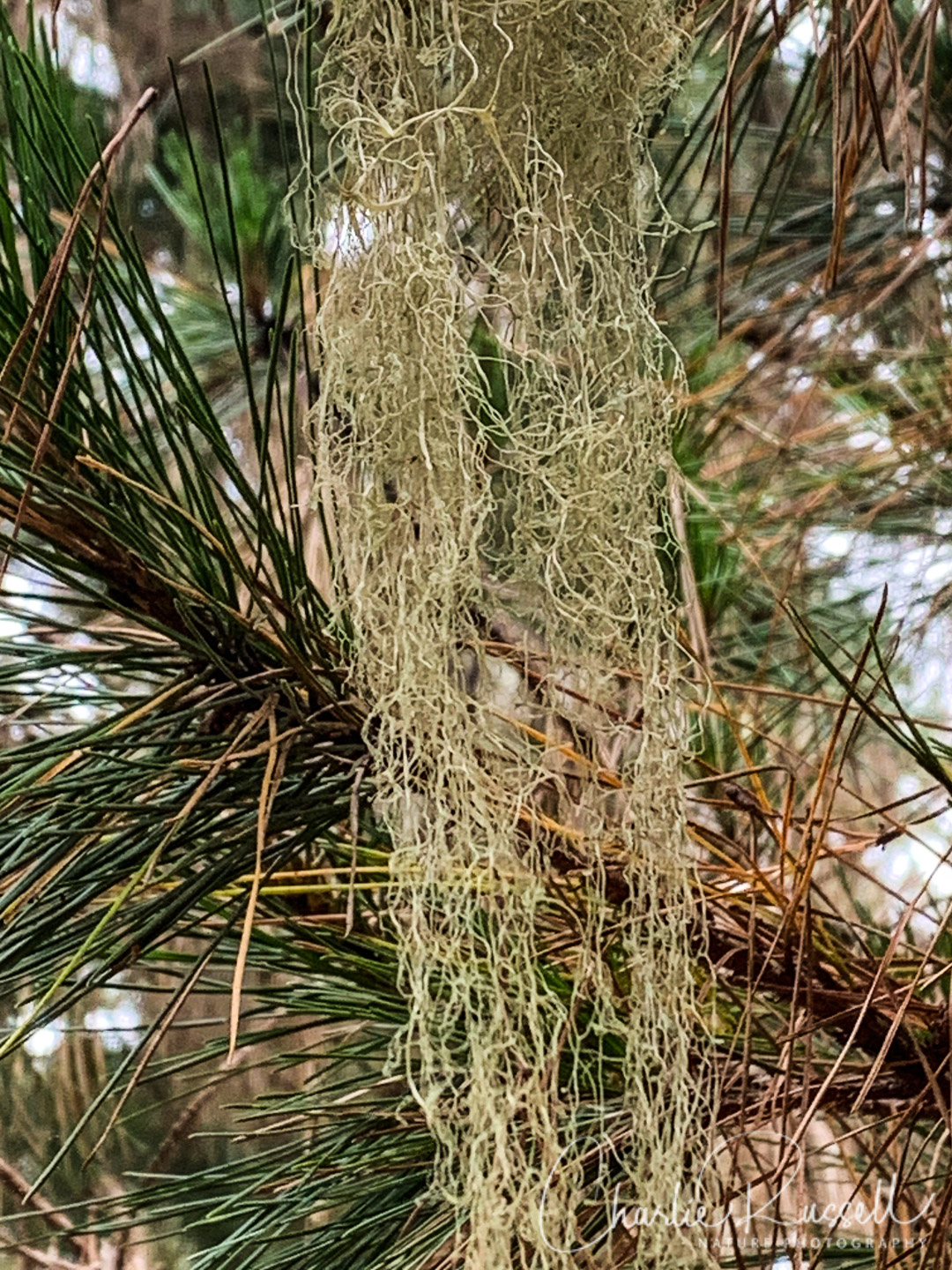
One of the most common native plants along this hike was Twinberry honeysuckle, a few of them were flowering but most had gone to fruit.
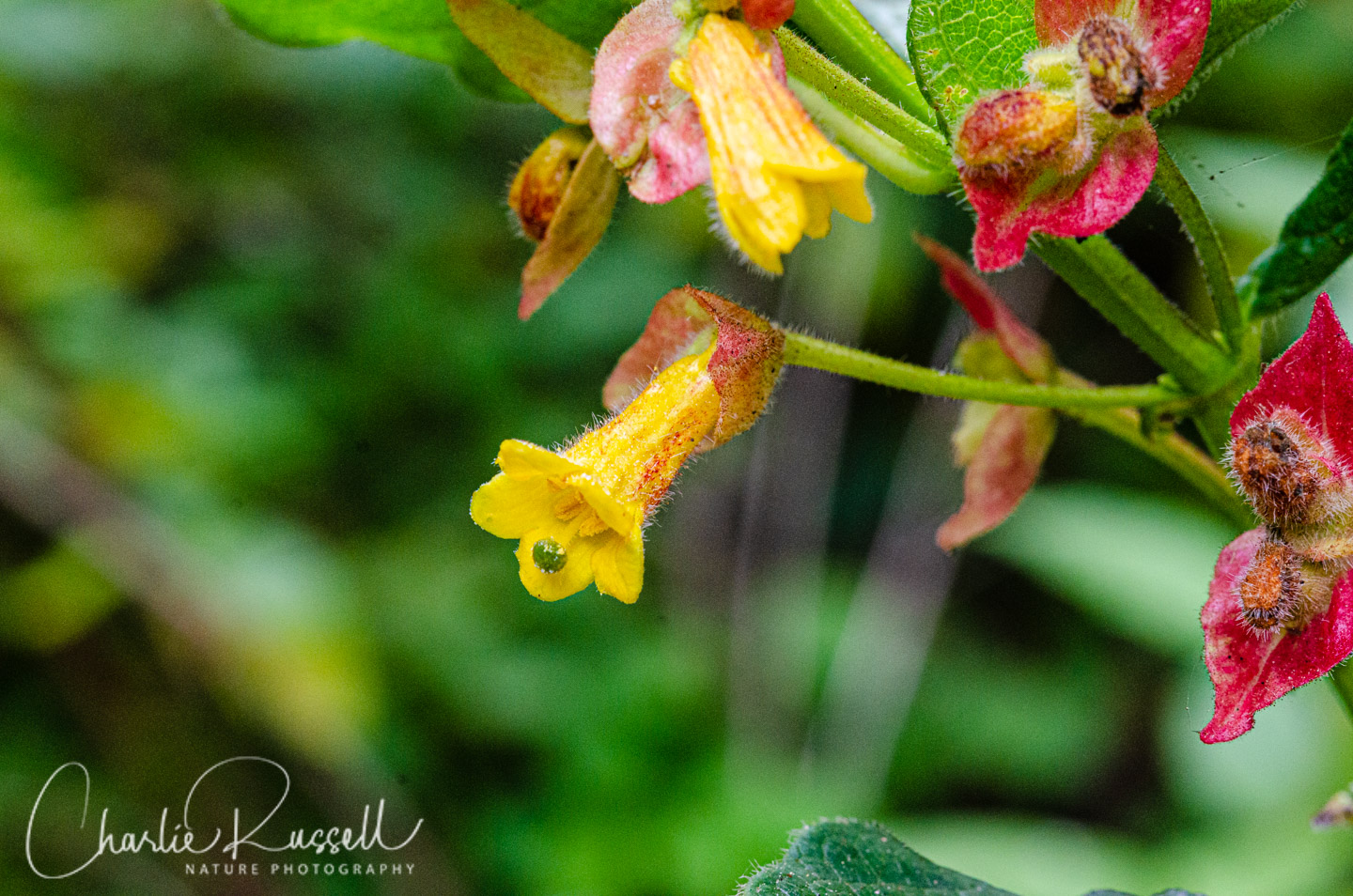
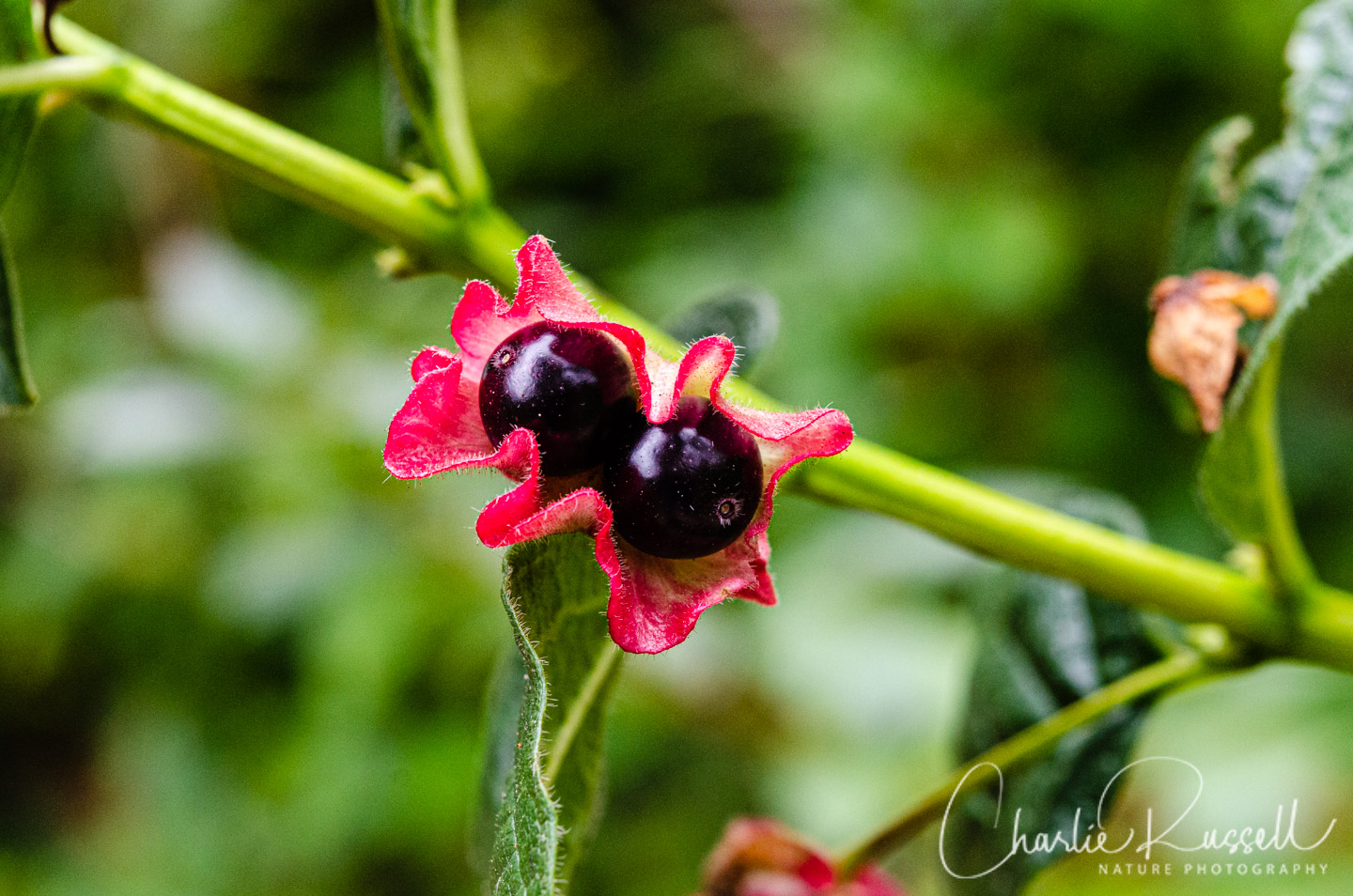
If you click on lightbox image below you will be able to scroll through all of the plants (and other things) that we found on this hike. All photos are available for purchase in a variety of formats.
The Hike
Starting at the Estero trailhead, there are several options for some fairly long hikes in this area. You can go to Sunset Beach (7.5 mile round trip), Drakes Head (9.1 mile round trip), or even all the way to Limantour Beach (over 22 miles round trip). Since this was our third hike of the day on this visit to Point Reyes, so we only went out about 1 3/4 of a mile (3.5 mile round trip). Far enough to get a good look at Drakes Estero.
It is a moderately interesting trail from a wildflower perspective. There are a lot of non-native plants along the way. I thought that we would be going along the shoreline, but the trail actually takes you up onto the bluffs quite a bit (great views!). Watch out for poison oak at some spots – one time it was almost like a hedge running alongside the trail.
At the start you head south through open grasslands. Lots of non-native grasses. Earlier in the year I think this would be prettier, we saw lots of iris that had gone to seed.
Soon you’ll come to a section with Monterey pines, which will provide nice shade on a hot day. After about a mile you come to the edge of the bay, and the trail crosses a bridge.
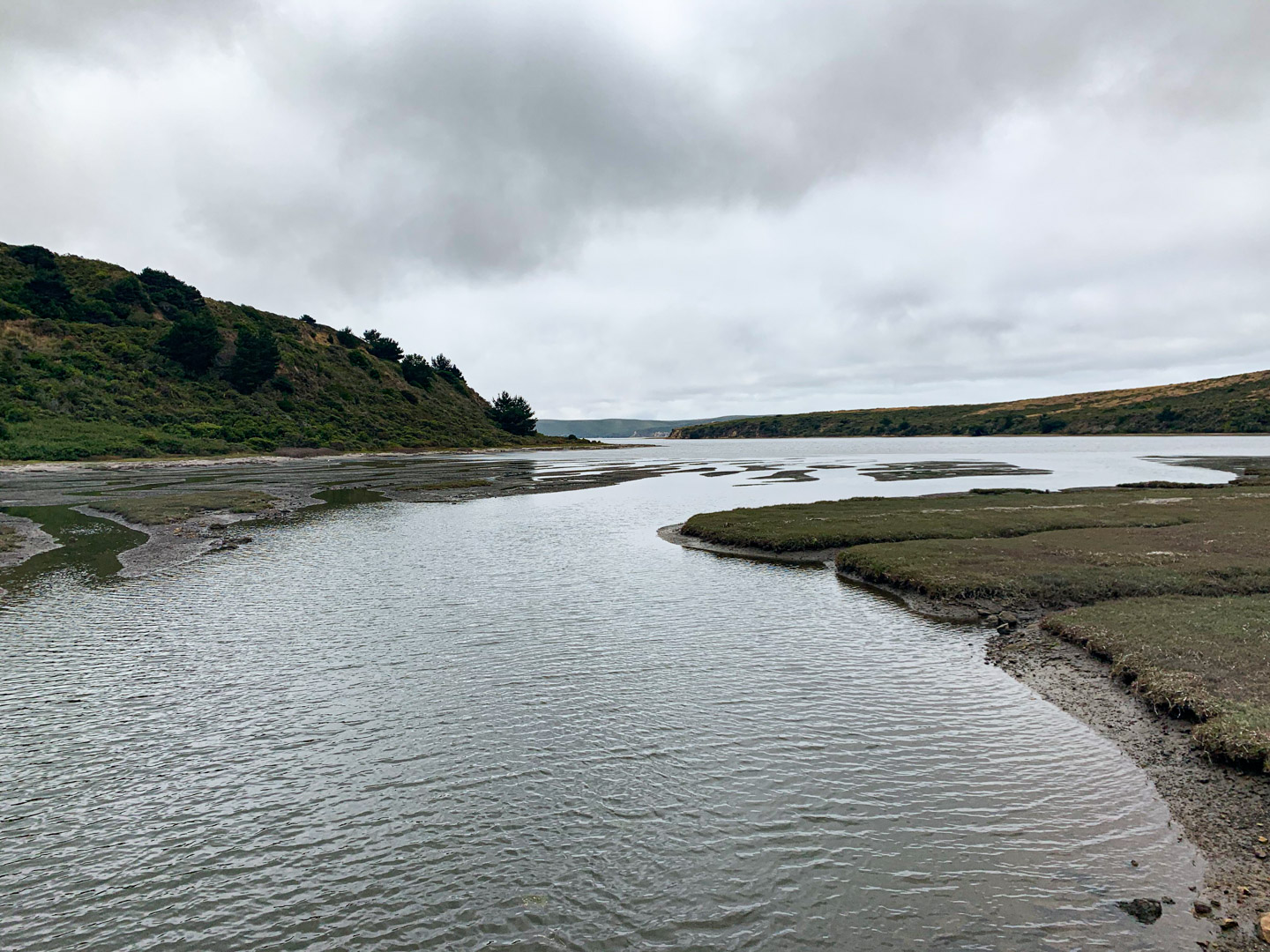
On the other side the trail goes up into the headlands, with more native plants than the first mile (and more poison oak!). You get some nice views of the bay and Estero.
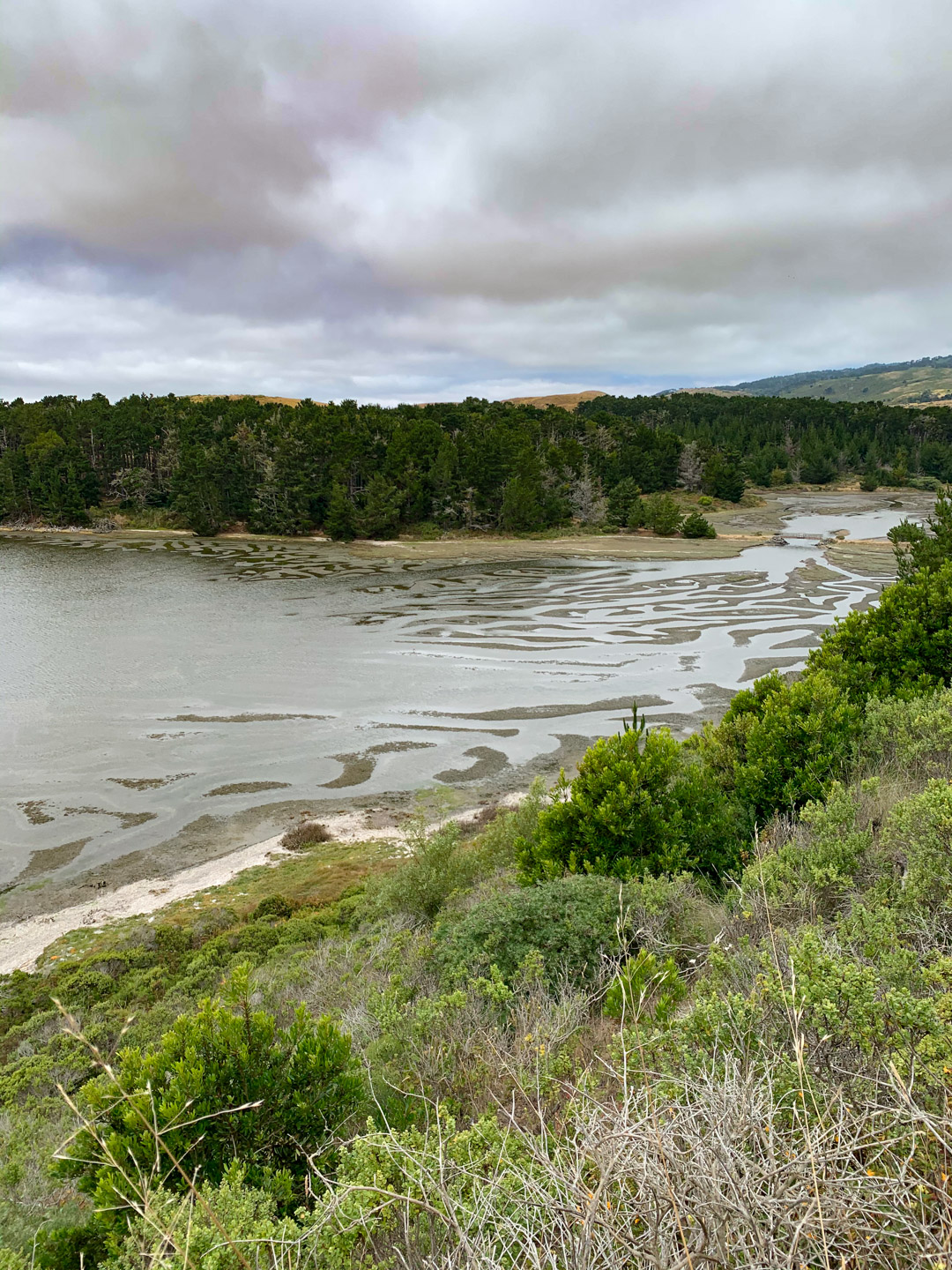
It was getting late in the day, the wind was picking up, and there weren’t a lot of wildflowers in bloom this late in the season, so we decided to turn back.
Here’s the track that we followed:
EsteroTrail
Profile
Description
Move your mouse along the elevation graph to show the location on the map. The Refresh icon will re-center the map. The Expand icon will expand to full screen.
Directions
The Estero trailhead is in the middle of the Point Reyes National Seashore. From the entry to the park take Sir Francis Drake Boulevard heading west. As you cross the peninsula keep an eye out for the Estero Trailhead sign on your left, which is a short distance after the Mount Vision Road turnoff. I strongly recommend that you check for road and trail closures BEFORE you head to Point Reyes (https://www.nps.gov/pore/planyourvisit/conditions.htm). The big fires of 2020 have closed multiple areas, many of the roads in the area are being repaired (even before the fires), and some areas are periodically closed to protect wildlife.
The trail is well maintained, and there are restrooms (pit toilet) at the trailhead. Note that there can be a lot of foot traffic along these trails.
Timing is Everything
Our visit was on a weekday in mid July, 2020 (before the fires). This is a bit late for the best wildflower display, but there were enough to keep me interested. This should be a good place to visit from April through early July.
Temperatures were in the upper 60’s, with a heavy overcast and a bit of a wind. Watch the weather reports before you go, it can be quite windy and cool even in the middle of summer.
Point Reyes Drakes Estero Wildflowers Listing
Here’s a listing of the native plants that we found on this visit. I don’t have pictures of all of these in the gallery, as many that I took are low resolution pictures using my phone camera (I use those for iNaturalist observations). “nif” means “not in flower”. In most cases the scientific name will be a link to a reference source such as Calflora.
- American black nightshade, Solanum americanum
- California bee plant, Scrophularia californica
- California blackberry, Rubus ursinus
- California Mugwort, Artemisia douglasiana
- California poppy, Eschscholzia californica
- Common cowparsnip, Heracleum maximum
- Common woolly sunflower, Eriophyllum lanatum
- Coyote brush, Baccharis pilularis (nif)
- Douglas iris, Iris douglasiana (nif)
- Giant horsetail, Equisetum telmateia ssp. braunii
- Hairy gumweed, Grindelia hirsutula
- Hedgenettle, Stachys sp.
- Lupine, Lupinus sp. (possibly Lupinus formosus var. formosus)
- Monterey pine, Pinus radiata.
- Pacific aster, Symphyotrichum chilense
- Pearly everlasting, Anaphalis margaritacea
- Pink honeysuckle, Lonicera hispidula
- Poison oak, Toxicodendron diversilobum
- Rosilla (aka sneezeweed), Helenium puberulum
- Skunkweed, Navarretia squarrosa
- Sticky monkeyflower (aka bush monkeyflower), Diplacus aurantiacus
- Tall flatsedge, Cyperus eragrostis
- Twinberry honeysuckle, Lonicera involucrata
- Western blue eyed grass, Sisyrinchium bellum
- Western thimbleberry, Rubus parviflorus (nif)
- Western marsh rosemary, Limonium californicum
- Western Sword Fern, Polystichum munitum
The following are non-native plants that we found on the hike as well:
- Bird’s-foot Trefoil, Lotus corniculatus
- Bull Thistle, Cirsium vulgare
- Common Cat’s-Ear, Hypochaeris radicata
- Common Vetch, Vicia sativa
- Italian Thistle, Carduus pycnocephalus
- Narrowleaf plantain, Plantago lanceolata
- Oxeye Daisy, Leucanthemum vulgare
- Pale flax, Linum bienne
- Perennial sweet pea, Lathyrus latifolius
- Poison Hemlock, Conium maculatum
- Scarlet Pimpernel, Lysimachia arvens
- Scotch broom, Cytisus scoparius
In addition, we saw the following:
- Darkling Beetle, Coelocnemis sp.
- Japanese False Cerith, Batillaria attramentaria (not native)
- Lace Lichen Ramalina menziesii. CA State Lichen
- Pacific Acorn Barnacle, Balanus glandula
- Speckled Greenshield Lichen, Flavopunctelia sp.
- Striped Shore Crab, Pachygrapsus crassipes
- Veiled Polypore, Cryptoporus volvatus
- Yellow-faced Bumble Bee, Bombus vosnesenskii
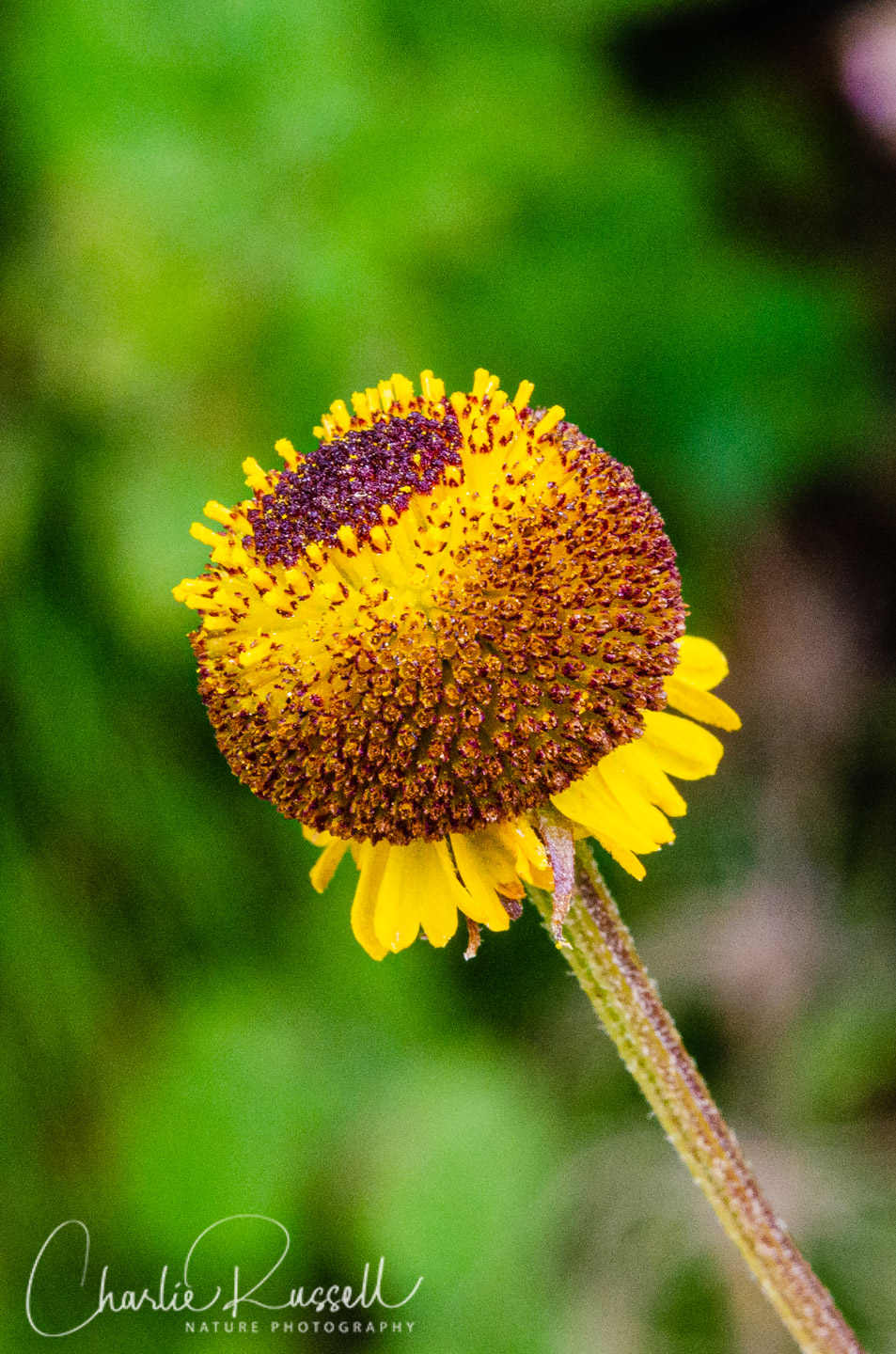
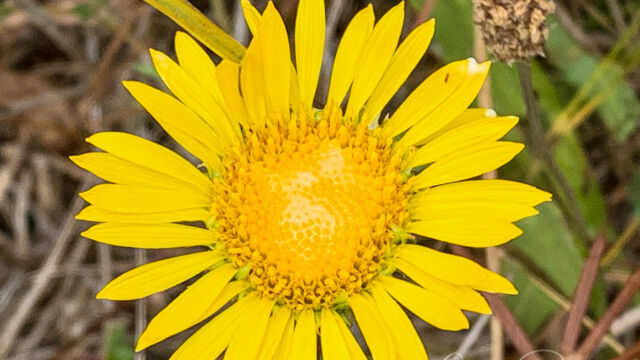
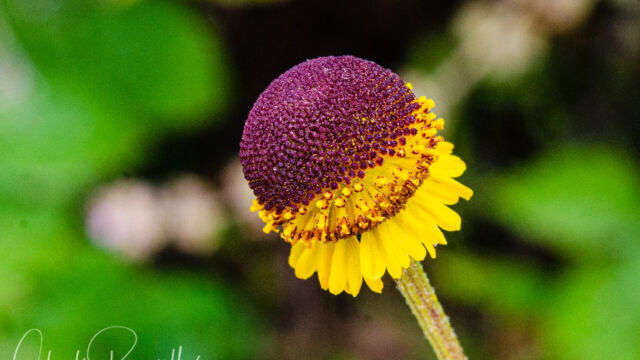
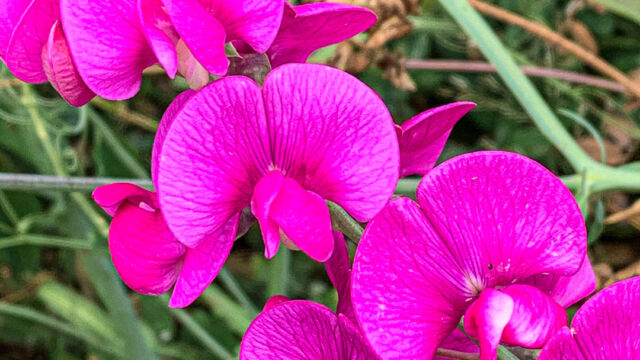
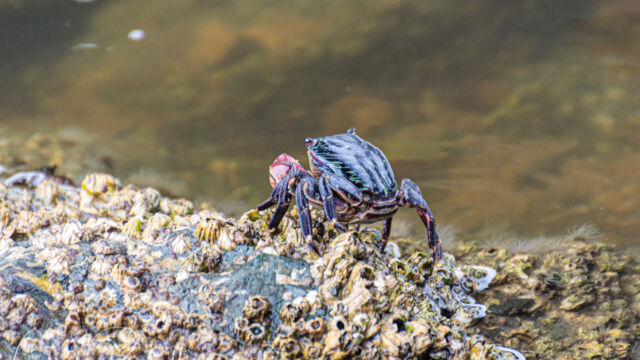
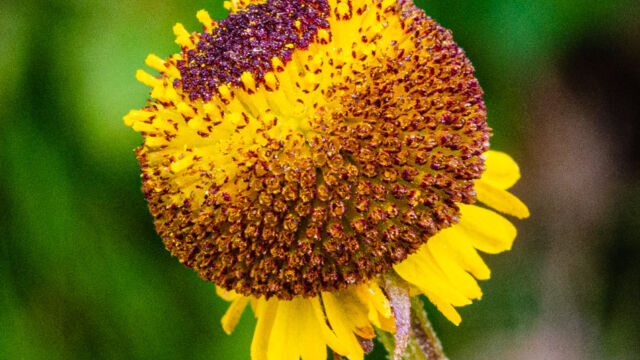
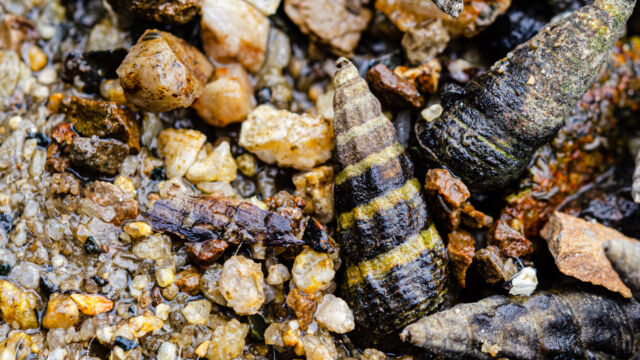
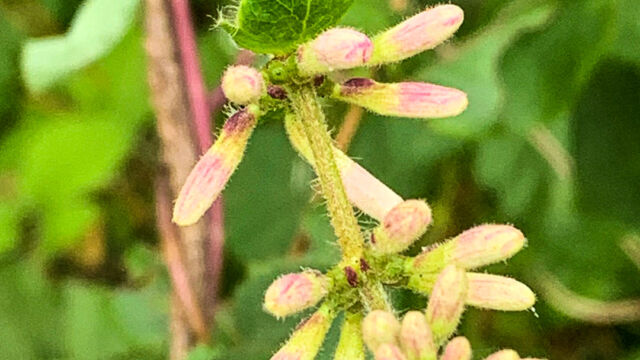
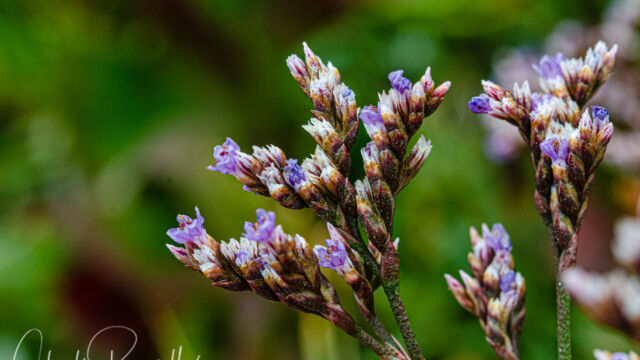
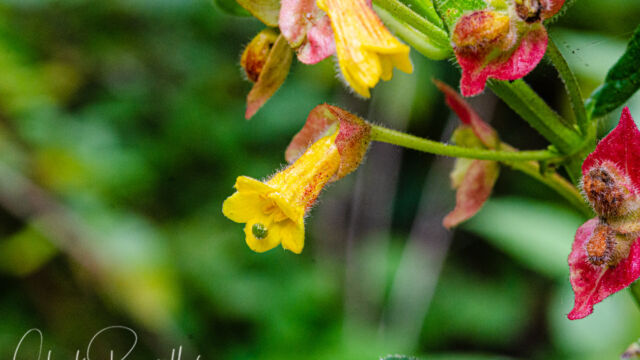
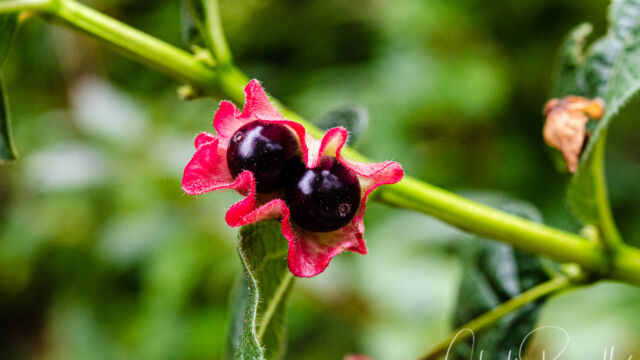
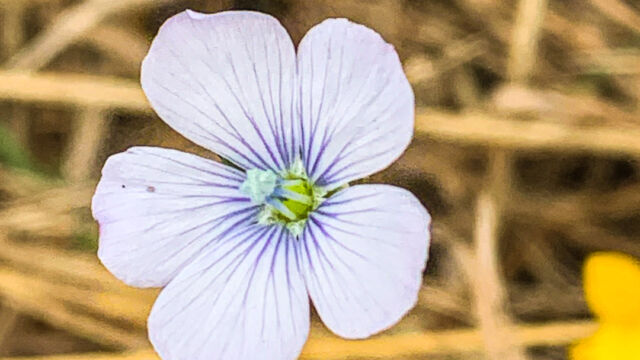

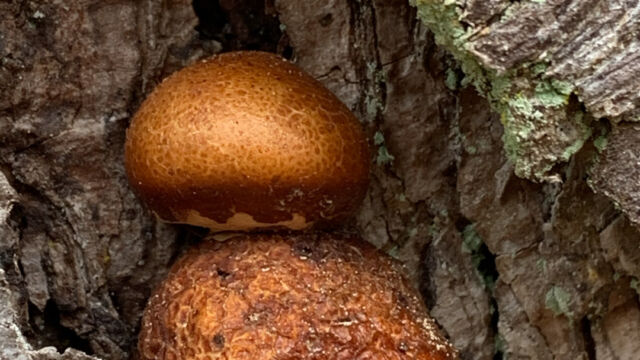
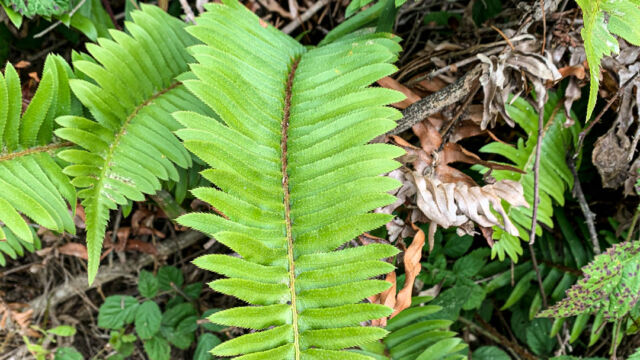
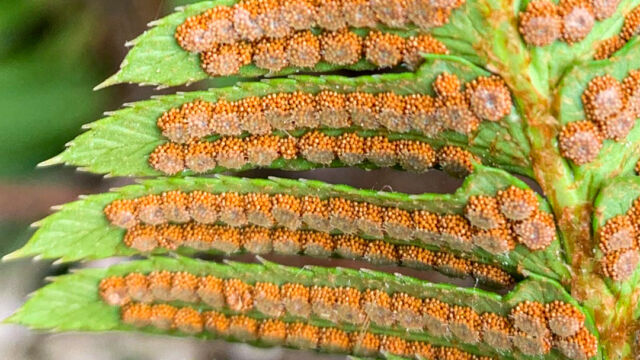
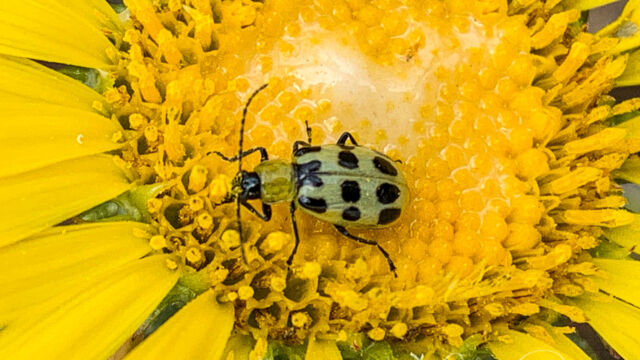
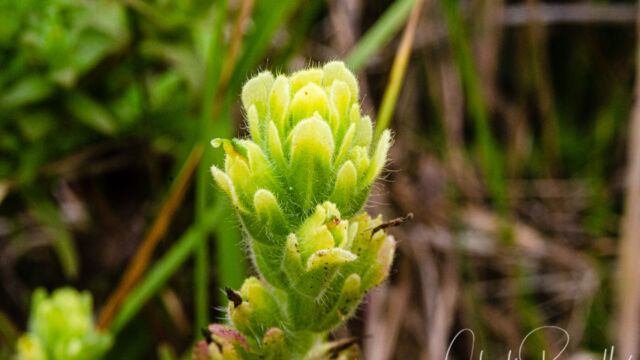
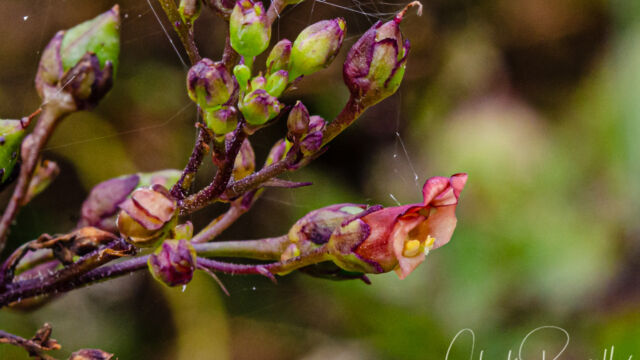
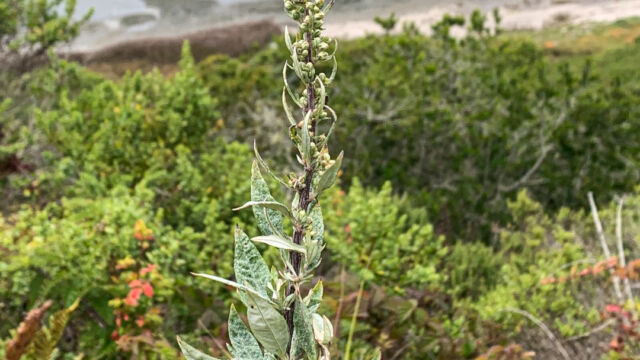
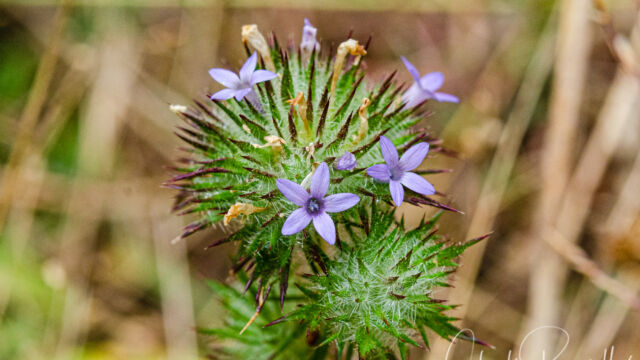
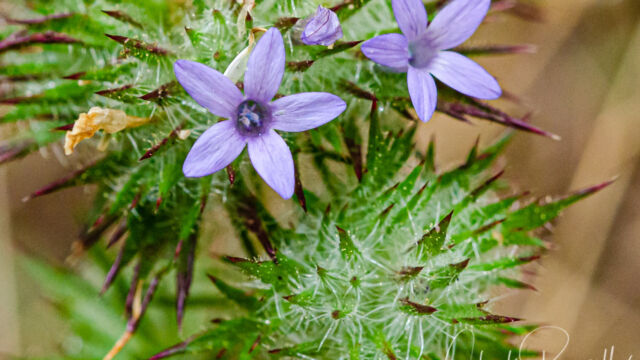
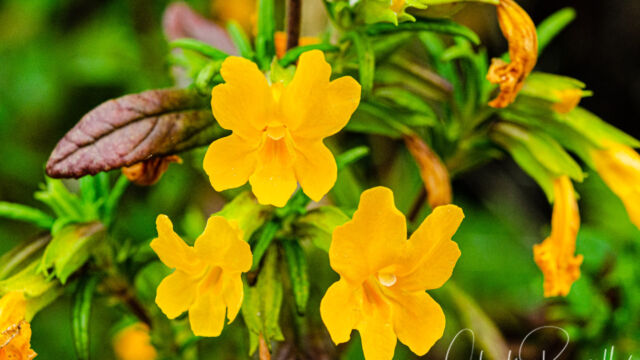
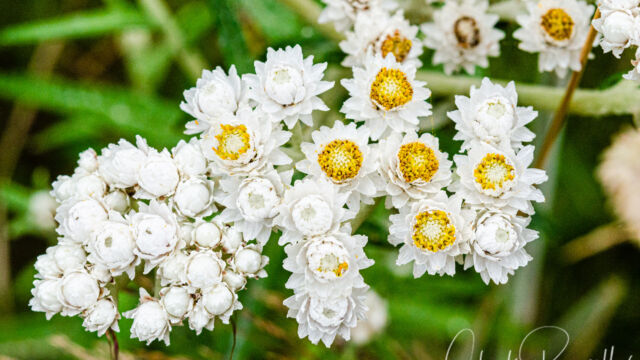
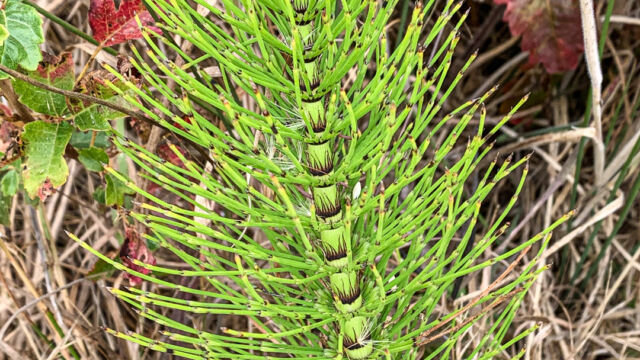
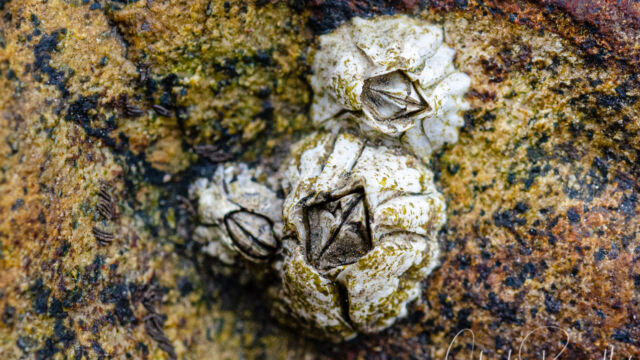
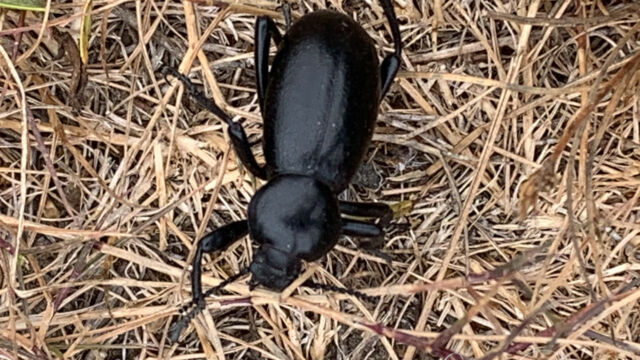
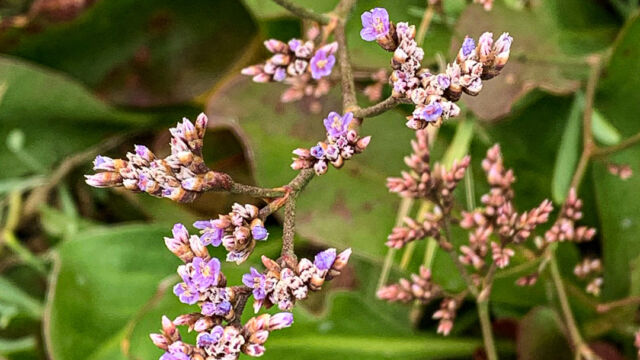
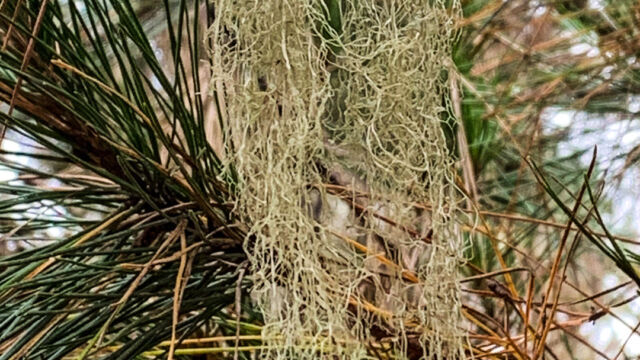
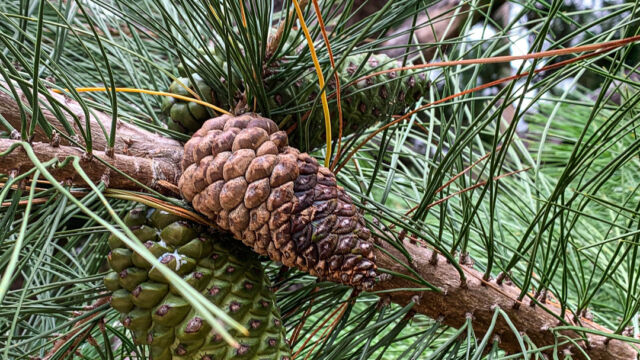

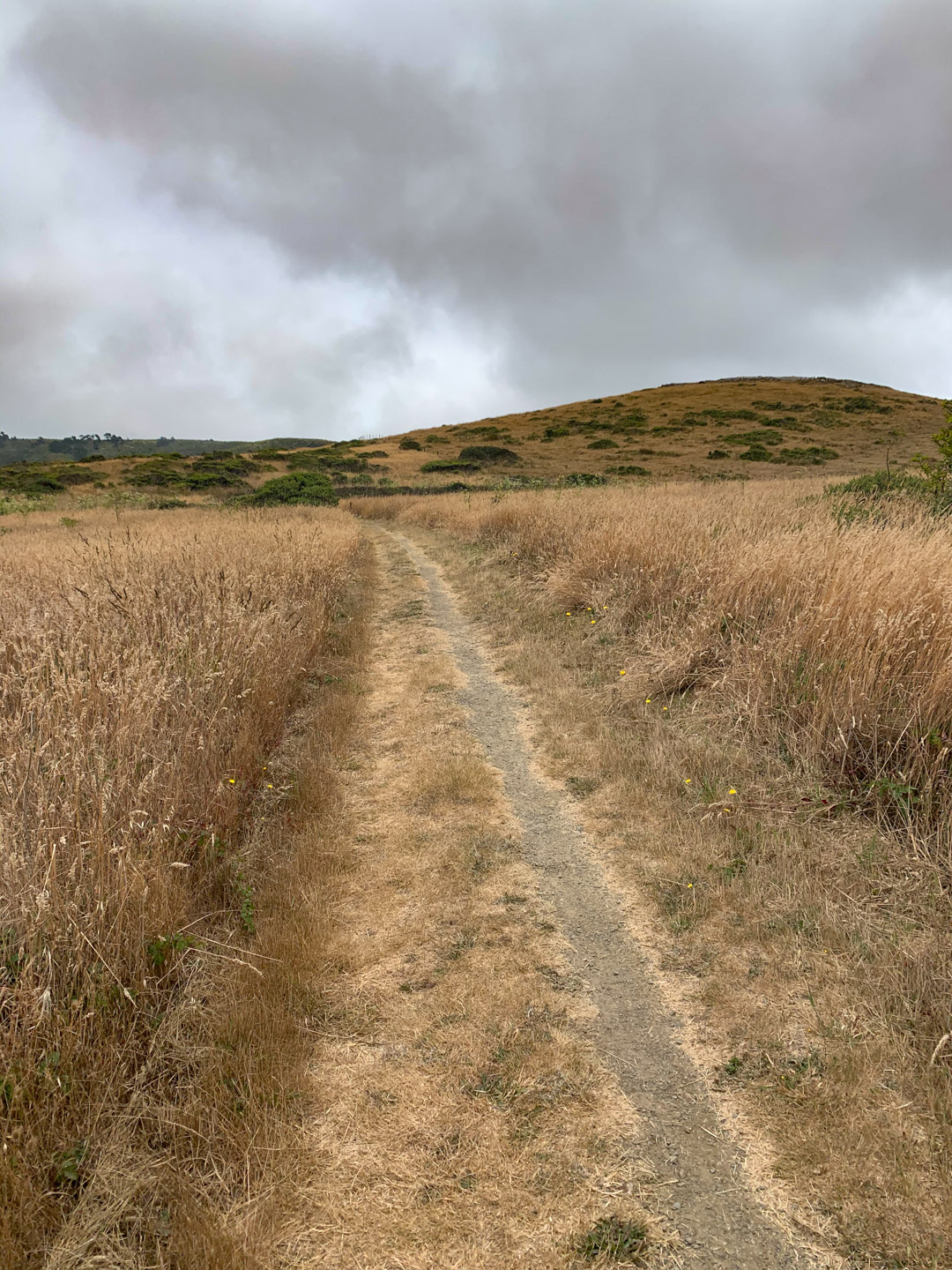
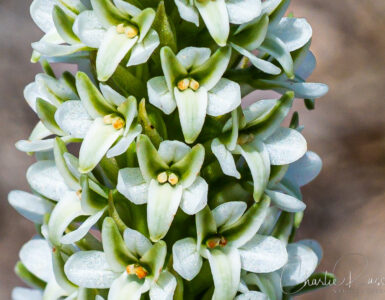
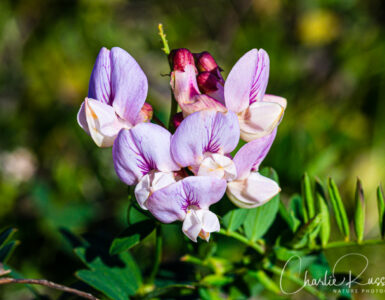
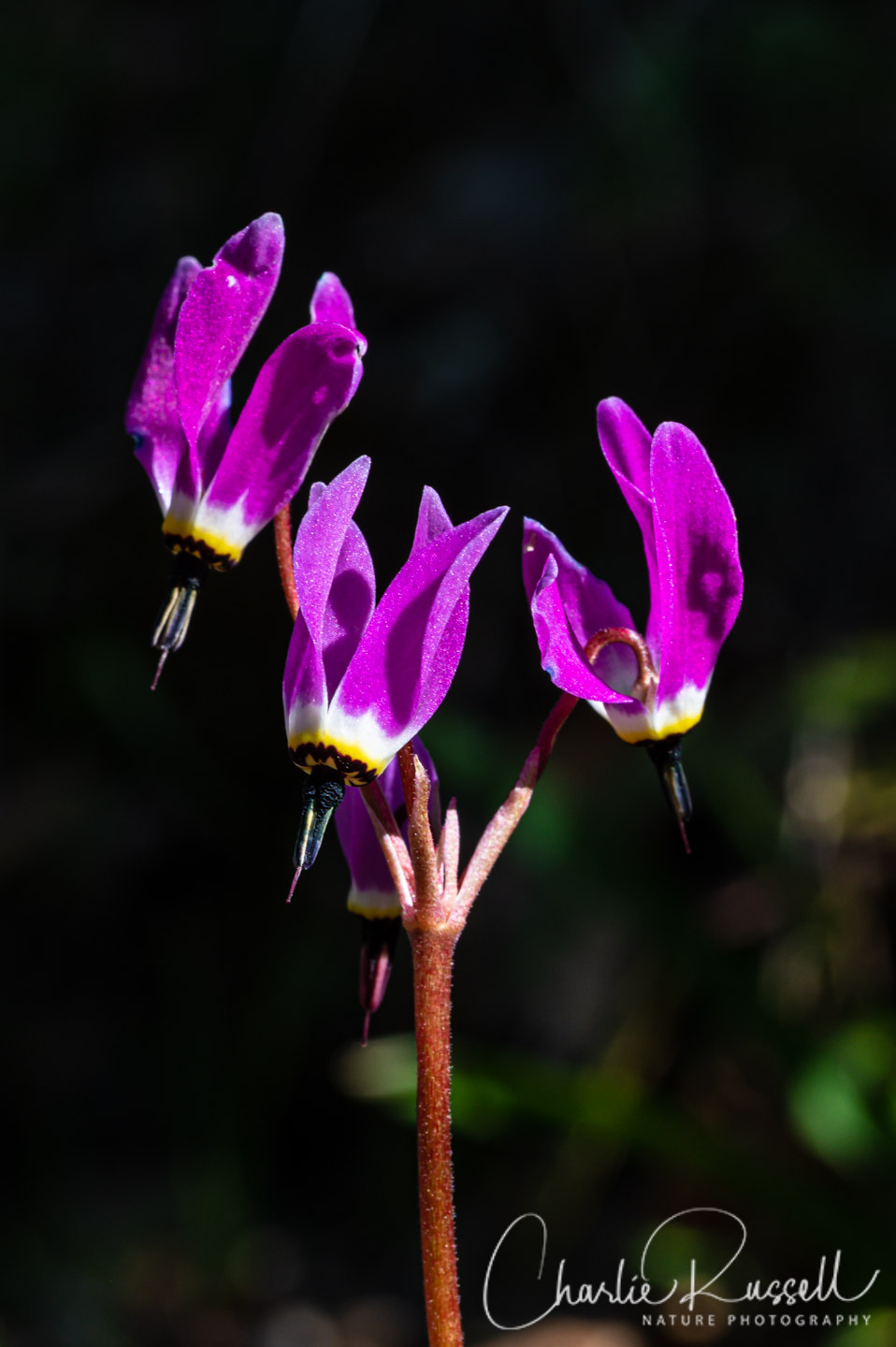
Add comment